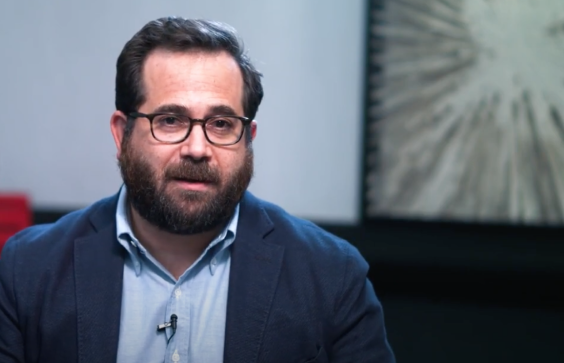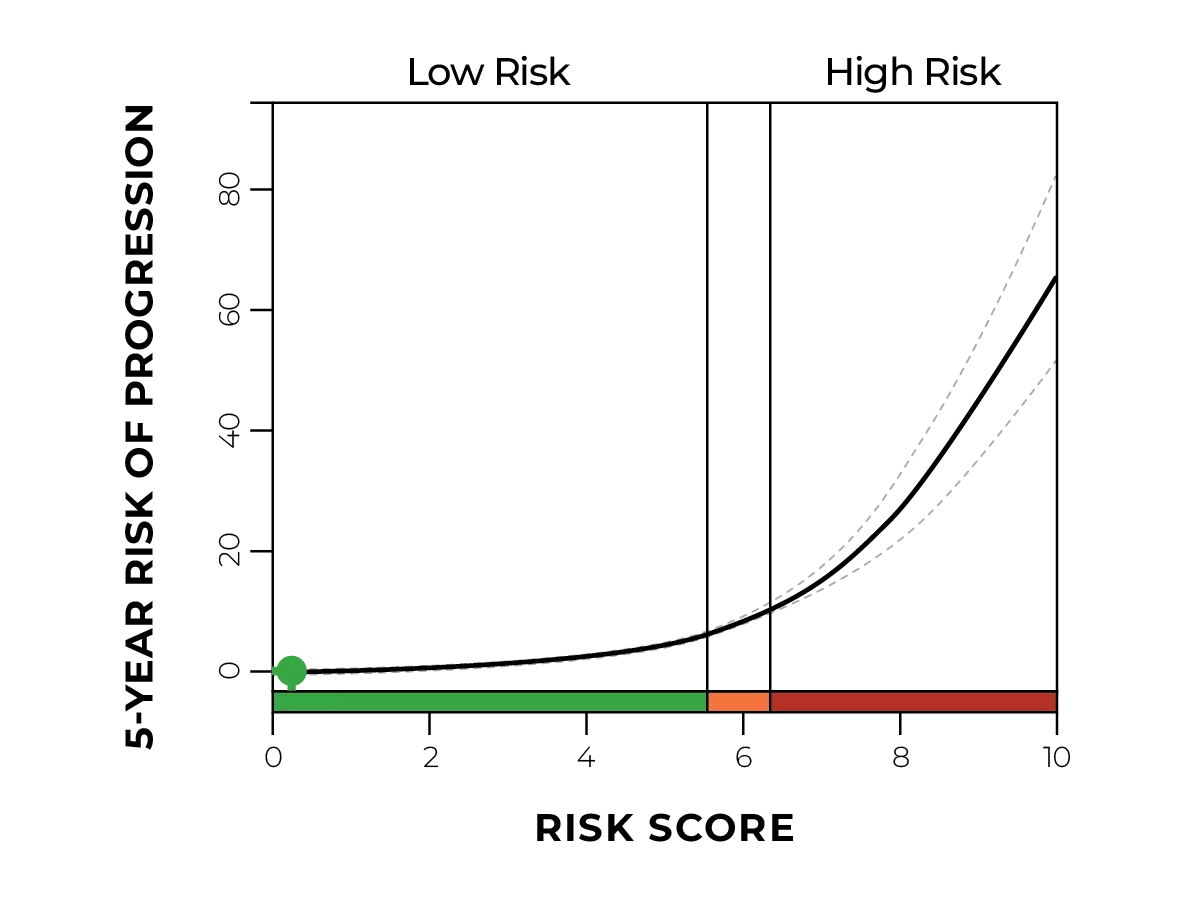
This case of a 75-year-old female required Dr. Yepuri to weigh multiple conflicting data points to recommend the best care for an anxious patient.
"TissueCypher allows us to hone in on what the most relevant factors for consideration of eradication therapy for this patient were... and allow us to take that to a patient who had a lot of anxiety around undergoing multiple invasive procedures."
Case details

- No relevant family history
- No obesity
- Chronic GERD for many years
- PPI 40mg once daily
- Non-smoker

- History of GERD, well-controlled with QD PPI
- History of bipolar disorder, on appropriate meds
- History of hyperlipidemia, well-controlled on appropriate meds
- Remote history of anal squamous cell CA, in remission

















.jpg)



